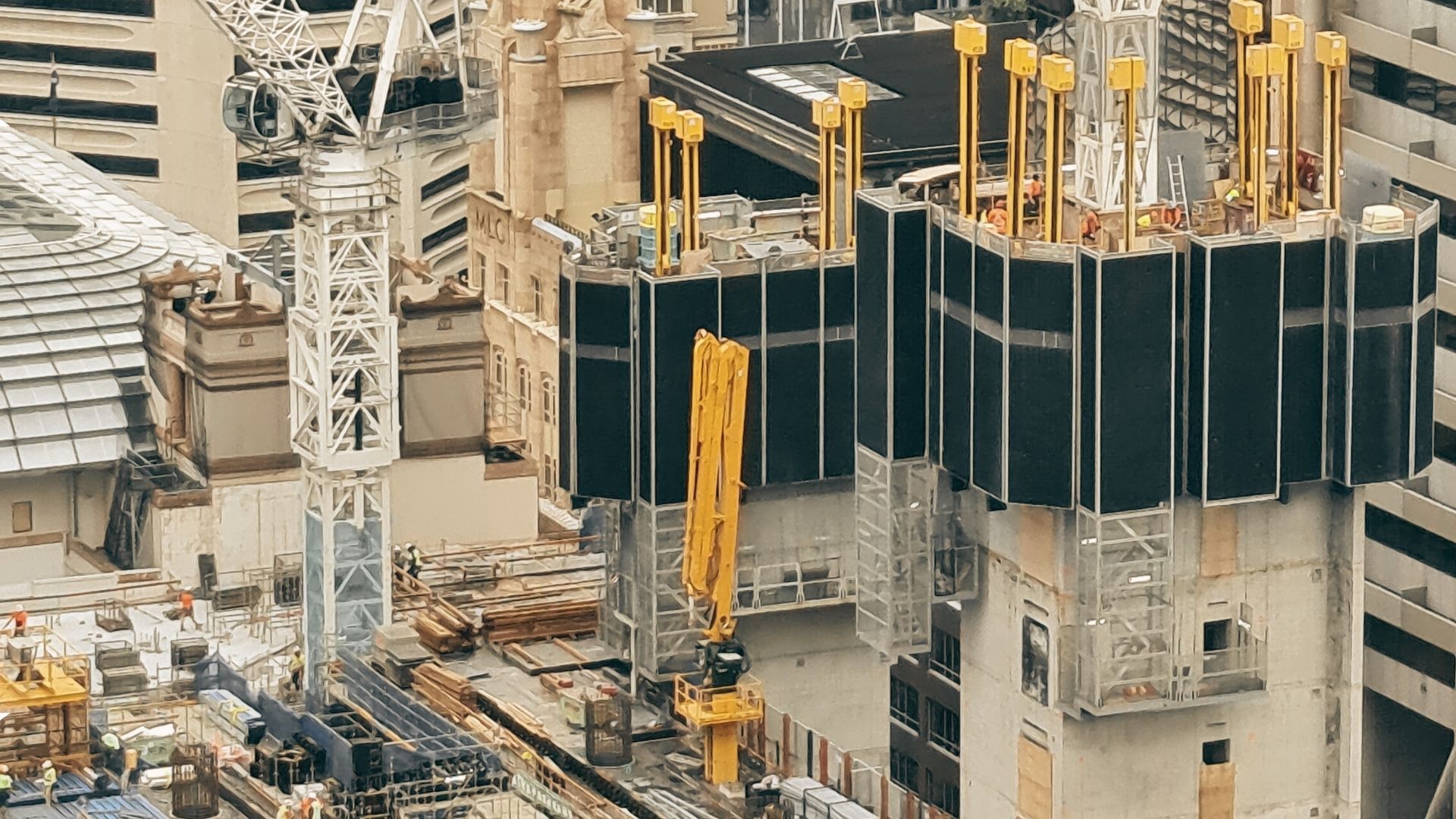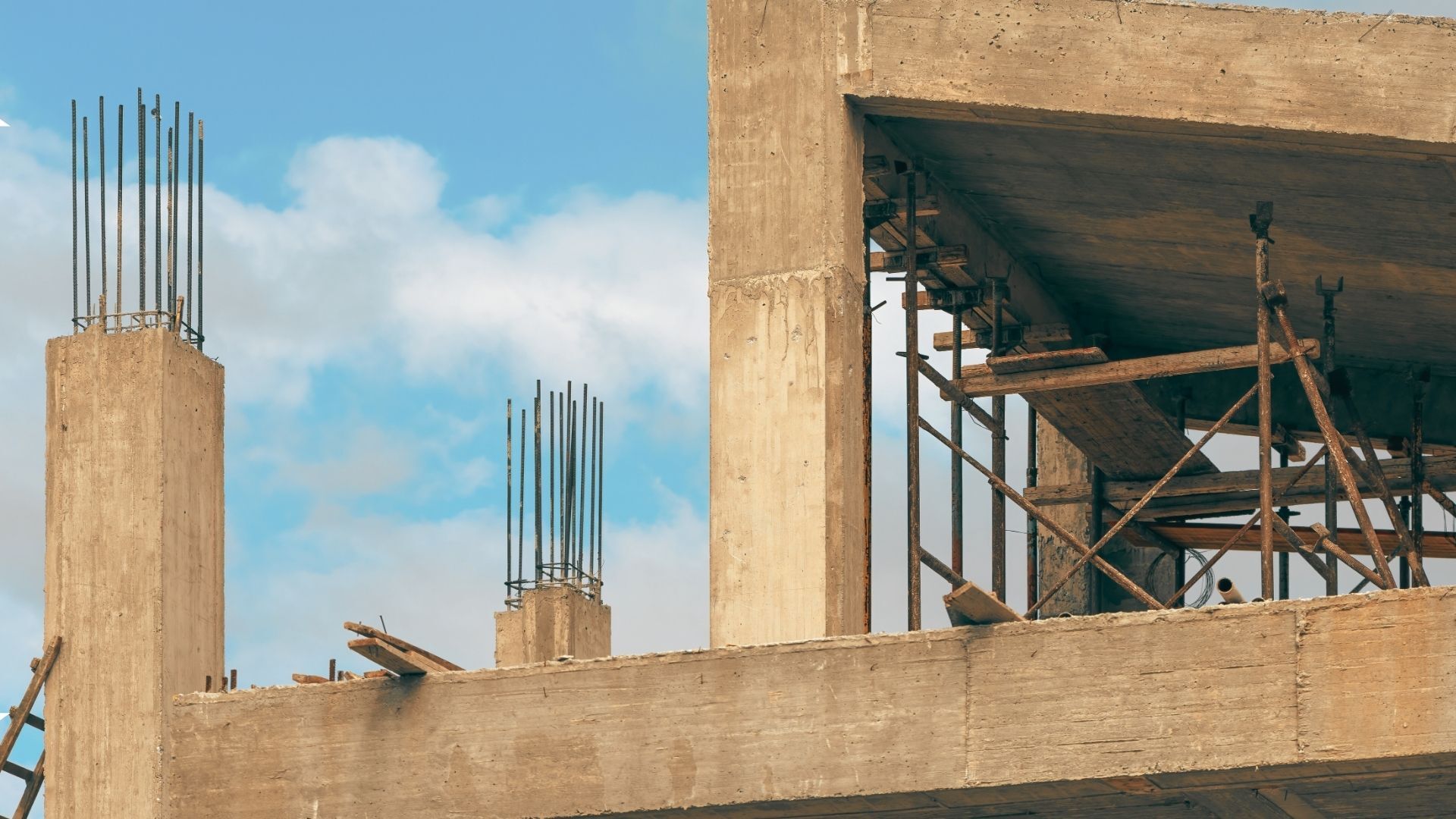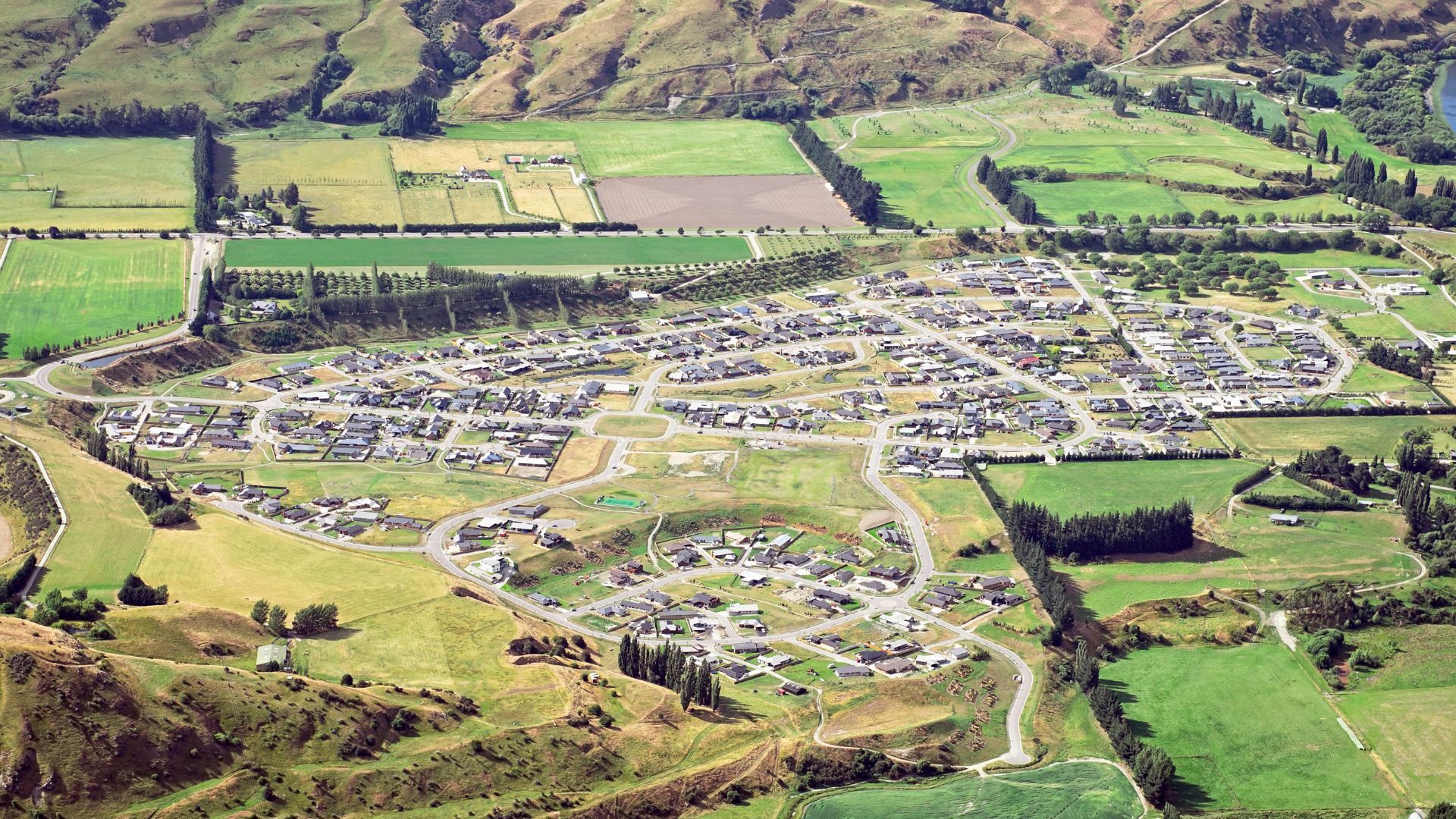Regulation and Housing Investment Shape NSW Construction Landscape
This edition of The Pulse examines a NSW construction sector navigating a period of intense regulatory pressure and significant policy-driven investment.
Overview
The Building Commission NSW is escalating its enforcement activities, with a recent inspection blitz in regional NSW highlighting a firm government stance on prioritising build quality over quantity [1, 10].
This crackdown on defects and non-compliance serves as a critical warning for all industry participants. Concurrently, the state and federal governments are responding to a deepening housing crisis with unprecedented investment and strategic reforms [2, 5].
A $6.6 billion "Building Homes for NSW" program aims to stimulate supply, particularly in the affordable housing sector, creating new opportunities for developers and builders [2]. However, significant headwinds remain. Small to medium-sized developers face crippling land and financing costs that threaten project viability [4], while large-scale infrastructure projects must manage complex community expectations and local impacts to maintain their social license [9].
Success in this environment will demand exceptional compliance, strategic agility, and sophisticated risk management.
Housing Crisis Drives Major Policy and Investment Shifts
In response to a severe housing crisis, evidenced by a 67% increase in Sydney's rough sleeper population since 2019, the NSW government has launched a new 10-year strategy [2]. The cornerstone of this strategy is the "Building Homes for NSW" program, which commits a historic $6.6 billion to housing investment [2]. This policy is being complemented by "once-in-a-generation planning reforms" designed to accelerate the construction of homes where they are most needed [2].
These initiatives are creating tangible opportunities, such as the $66 million Boronia Apartments development in Waterloo, which will deliver 74 affordable units in partnership with government and a community housing provider [5]. The push for more supply is also being championed by local government, with LGNSW advocating for minimum targets for public, social, and affordable housing, and a review of short-term rental regulations to increase long-term stock [6]. However, a significant delivery bottleneck persists.
Despite ambitious national targets of 1.2 million homes by 2029, analysis shows that with 219,000 homes already under construction, the primary challenge is not approvals but the construction industry's capacity to complete projects, a problem exacerbated by "red tape and regulation" [5].
Project Viability Under Pressure from Costs and Community Expectations
While government investment aims to boost housing supply, significant commercial pressures threaten project viability at both ends of the market.
For small to medium-sized (SME) developers working on projects up to $15 million, escalating land costs have become the primary hurdle, cited by 62.5% of developers as a top concern [4]. Access to project debt finance remains a major challenge for 50.5% of these developers, creating a funding gap as lenders increasingly favour larger deals over $20 million [4].
This financial squeeze directly jeopardises the delivery of crucial urban infill projects and the state's housing targets [4]. Simultaneously, large-scale infrastructure projects face a different set of pressures. In NSW's Renewable Energy Zones (REZs), such as the Central-West Orana REZ, community support for development is highly conditional [9]. While these projects bring significant investment—over $214 million in the Orana REZ—they also create local strain, including housing shortages and pressure on health services [9].
To maintain social license, developers are now expected to deliver binding community benefit agreements and contribute to local infrastructure upgrades, adding another layer of cost and complexity to project delivery [9].
Regulatory Scrutiny Intensifies on Build Quality
In addition, the NSW Government's commitment to quality assurance has been demonstrated through a significant enforcement blitz by the Building Commission NSW [1, 8].
A July 2025 inspection of 59 building sites across the New England region resulted in 24 draft rectification orders and 25 separate fines and warnings [1]. The violations were not minor, ranging from unlicensed contracting and inadequate trade supervision to specific construction defects like brickwork overhanging concrete slabs and non-compliant articulation joints [1, 10].
This regional focus is noteworthy, as one-third of the nearly 3,000 complaints received by the commission in the six months to May 2025 originated from regional areas [1]. NSW Building Minister Anoulack Chanthivong has explicitly stated that the government "will not sacrifice quality for quantity" in its pursuit of housing targets, placing the responsibility for upholding standards squarely on every builder, certifier, and tradie [1, 10]. This indicates that heightened regulatory oversight is the new standard, not a temporary measure.
The commercial implications are clear: builders face direct costs from fines and rectification work, alongside significant reputational risk that could impact future contracts and insurance premiums [1].
Takeaways
Proactive Compliance with Building Regulations is Non-Negotiable
The Building Commission NSW's enforcement blitz [1, 10] signals a clear legal and commercial imperative for all construction professionals. Rectification orders are not mere suggestions; they are legally binding directives to fix defects, and failure to comply can lead to further penalties and reputational damage. The issuance of fines for unlicensed contracting and inadequate supervision underscores the regulator's focus on strict adherence to the state's licensing and operational frameworks.
For developers and principal contractors, this necessitates a robust approach to due diligence when engaging subcontractors and a rigorous system for site supervision. For builders, it means internal quality assurance can no longer be a secondary concern. All parties must assume that regulatory oversight will be sustained and thorough. Documenting compliance, ensuring all on-site personnel are appropriately licensed, and maintaining high standards of workmanship are the most effective risk mitigation strategies against costly regulatory action.
Navigating Planning Reforms and Affordable Housing Mandates
The NSW Government's commitment to "once-in-a-generation planning reforms" [2] and the push from local government for mandatory affordable housing targets [6] will reshape the development landscape. Developers and investors must proactively monitor these regulatory shifts, as they will directly influence project feasibility, design, and approval pathways.
The $6.6 billion "Building Homes for NSW" program [2] presents a significant commercial opportunity, but accessing this funding will likely require demonstrating alignment with government policy on social and affordable housing.
Professionals should anticipate that future planning controls may include inclusionary zoning or other mechanisms that mandate a percentage of affordable housing in new developments. Engaging with local councils early in the planning process will be crucial to understanding emerging requirements and navigating the evolving regulatory framework to de-risk projects and capitalise on policy-driven opportunities.
Final Thoughts
The NSW construction industry is at a pivotal juncture, caught between a government mandate for increased housing and infrastructure delivery and a parallel regulatory crackdown on quality. While significant public investment in housing [2, 5] and renewable energy [9] creates a strong pipeline of opportunity, success is not guaranteed.
Financial pressures on smaller developers [4] and complex social license requirements for major projects [9] are creating a high-risk environment. The clear message from regulators is that build quality and compliance are paramount [1, 10].
Professionals who can successfully navigate this dual-pressure landscape—by embedding rigorous quality assurance into their processes, strategically aligning with policy shifts towards affordable housing, and proactively managing both financial and community risks—will be best positioned to thrive.
- Namoi Valley Independent | by Saffron Howden 11 August 2025, 7:00am AEST. (11 August 2025). Builders on notice after inspection blitz finds shoddy construction work. https://www.nvi.com.au/story/9037266/building-crackdown-reveals-shoddy-construction-in-new-england-nsw/
- NT News | by Robert White 10 August 2025, 6:09pm AEST. (10 August 2025). How Sydney's homeless crisis has transformed since 2019. https://www.ntnews.com.au/news/breaking-news/how-sydneys-homeless-crisis-has-transformed-since-2019/news-story/ee524ba95d2a5766c8831fd3a5d3245a?btr=6c2de385162d6146a783b6218871b9ef
- NSW Government | 10 August 2025, 2:22pm AEST. (10 August 2025). Close calls a reminder to stay safe around light rail. https://www.nsw.gov.au/ministerial-releases/close-calls-a-reminder-to-stay-safe-around-light-rail
- by Michael Bleby. (Date unavailable). Land and financing costs block crucial urban infill development. https://www.commercialrealestate.com.au/news/land-and-financing-costs-block-crucial-urban-infill-development-1411434/
- Neos Kosmos | by Jack Gramenz 8 August 2025, 2:04pm AEST. (8 August 2025). New units for low-income earners amid suburb 'renewal'. https://neoskosmos.com/en/2025/08/08/news/australia/new-units-for-low-income-earners-amid-suburb-renewal/
- Inside Local Government | 7 August 2025, 2:15pm AEST. (7 August 2025). LGNSW launches advocacy priorities for 2025/26. https://insidelocalgovernment.com.au/lgnsw-launches-advocacy-priorities-for-2025-26/
- NT News | by Josh Chiat 13 August 2025, 6:40am AEST. (13 August 2025). Ten Bagger: Tin's fundamentals are still striking for John Forwood. https://www.ntnews.com.au/business/stockhead/ten-bagger-tins-fundamentals-are-still-striking-for-john-forwood/news-story/a12590a218cf8c99e967d1fd20169697?btr=13e6a21d419ffbce6f7b262d5ad0b2cd
- The Sydney Morning Herald | 7 August 2025, 12:00am AEST. (7 August 2025). ...Edwards, Roseville Whales in waste. https://www.smh.com.au/national/nsw/2108msletters4-20230821-p5dy46.html
- Renew Economy | 13 August 2025, 1:03pm AEST. (13 August 2025). Most people in regions support renewables, but the window to seal the deal is closing fast. https://reneweconomy.com.au/most-people-in-regions-support-renewables-but-the-window-to-seal-the-deal-is-closing-fast/
- 2AD | 11 August 2025, 2:18pm AEST. (11 August 2025). New England Buildings - Quality or Quantity?. https://2ad.au/articles/new-england-buildings-quality-or-quantity/
The Pulse collates the latest news and opinions from third-party sources. Links, snippets or text are generated by an artificial intelligence engine. The Pulse aggregates news reports and does not claim to have copyright to the content. We have not fact-checked that content and cannot vouch for its accuracy or completeness. Nor do we endorse the opinions expressed by the authors or primary publishers. The content is provided as general information only and should not be relied on as a substitute for professional advice. You should contact the source to verify any factual content as well as taking specialist advice that takes your personal objectives and circumstances into account.
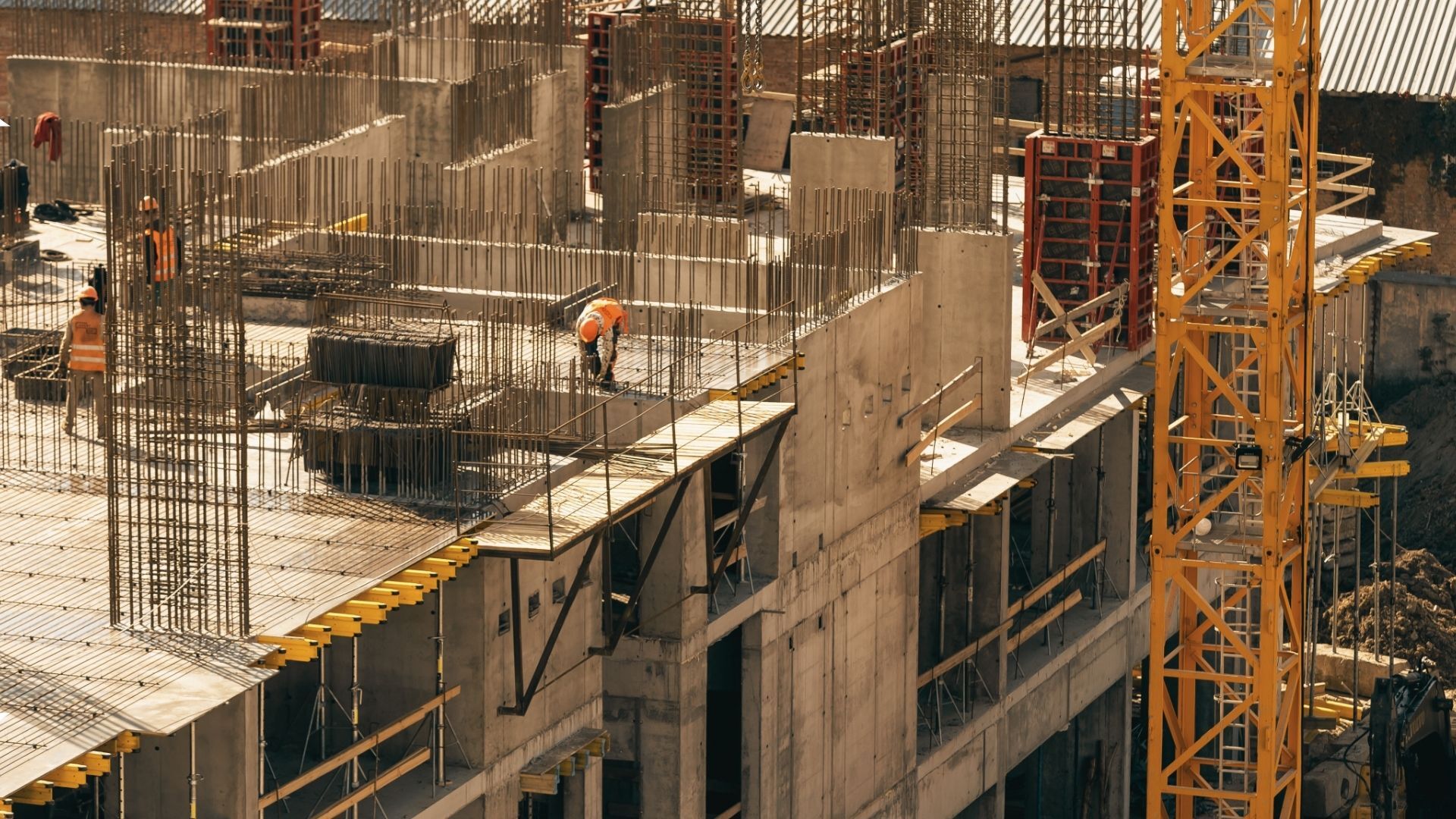



.png)
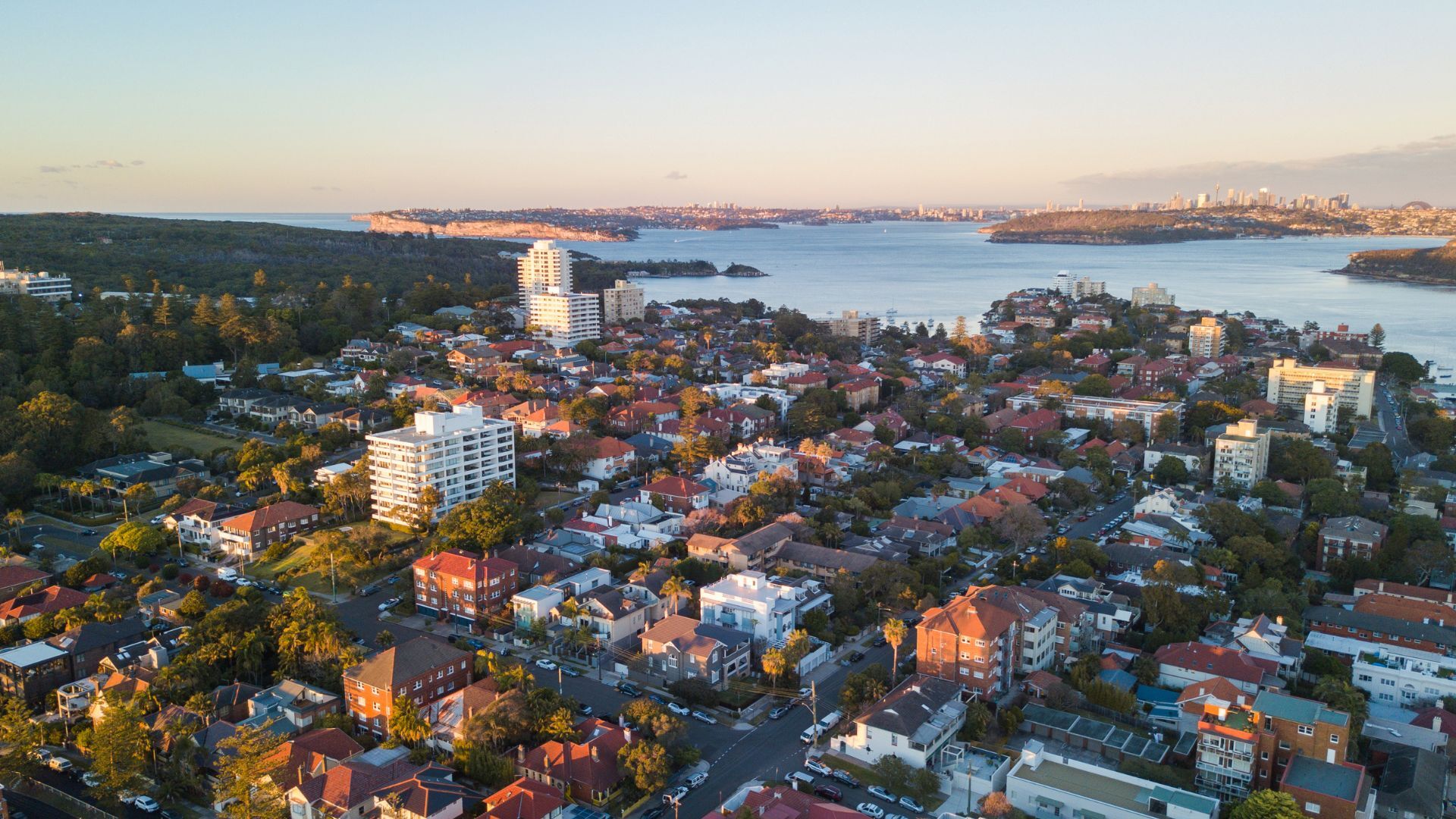
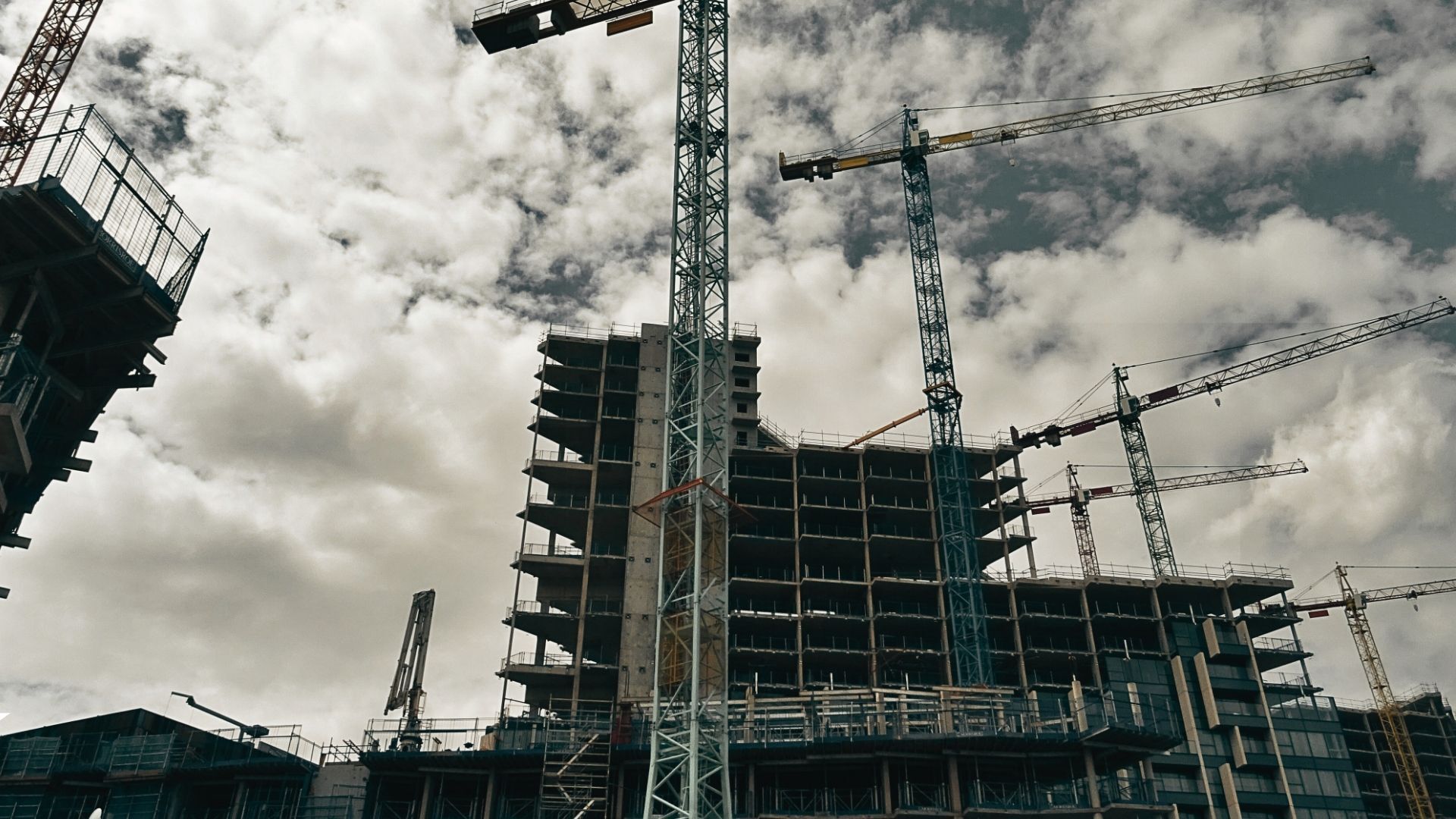
.jpg)


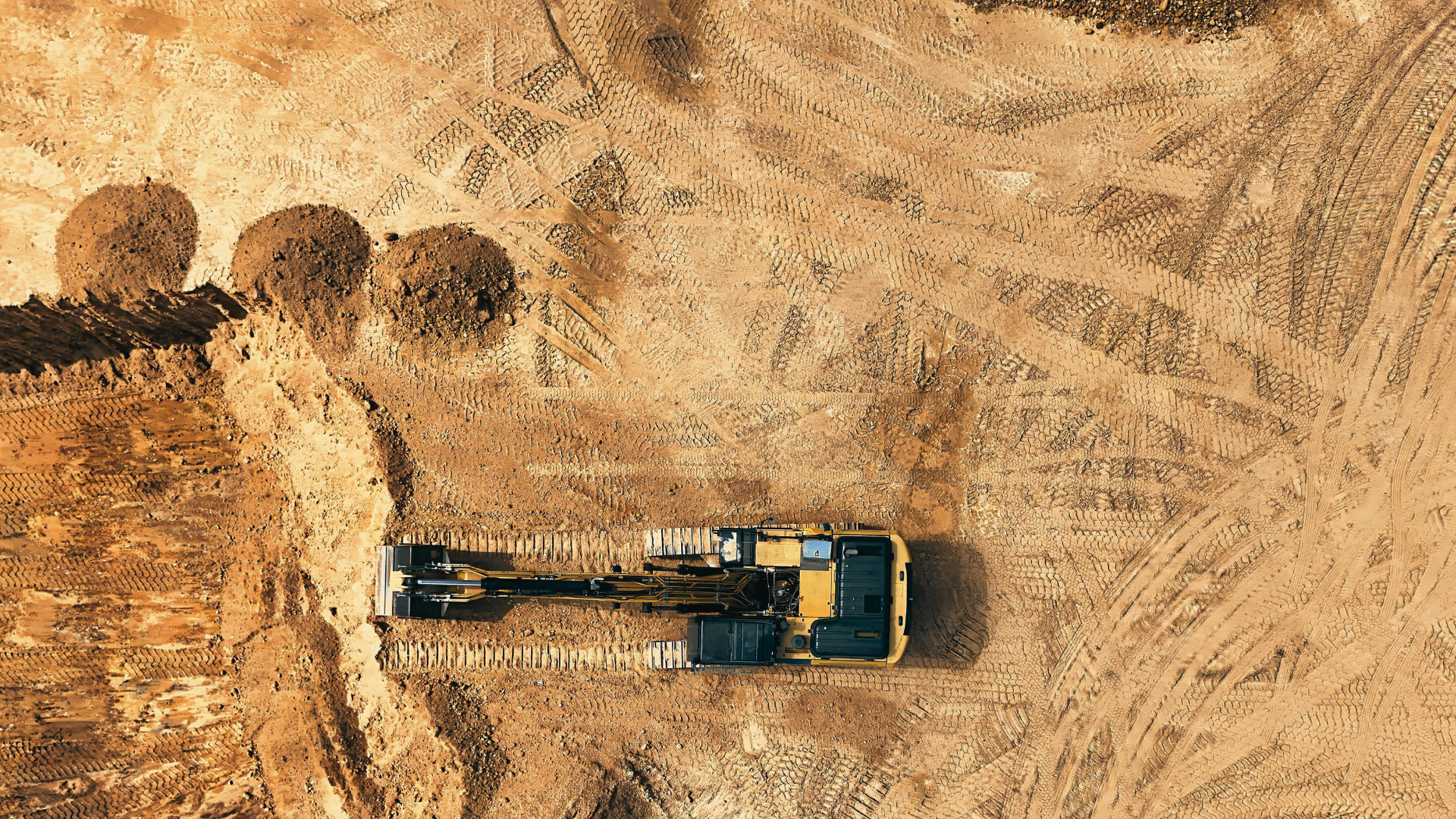
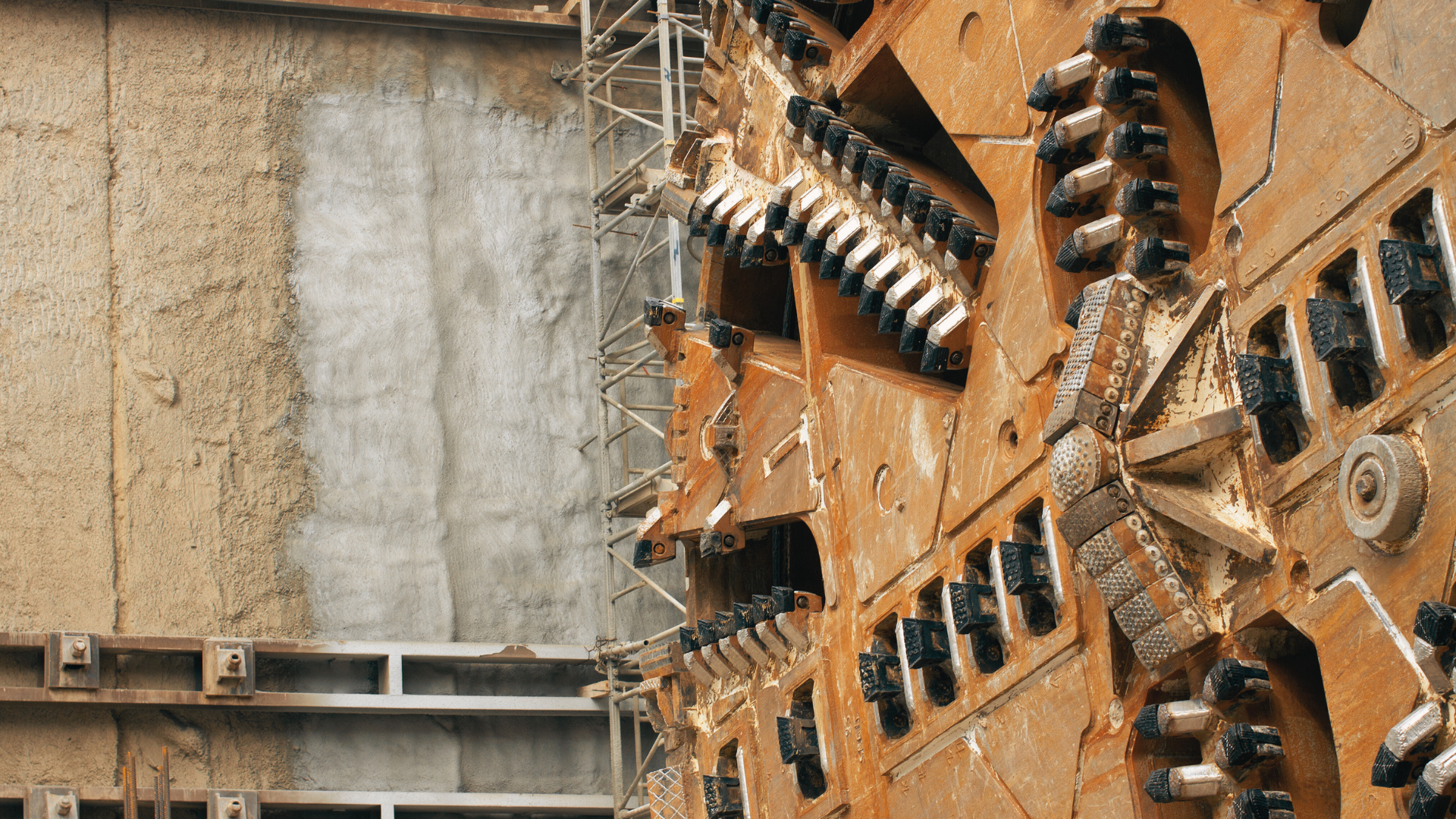
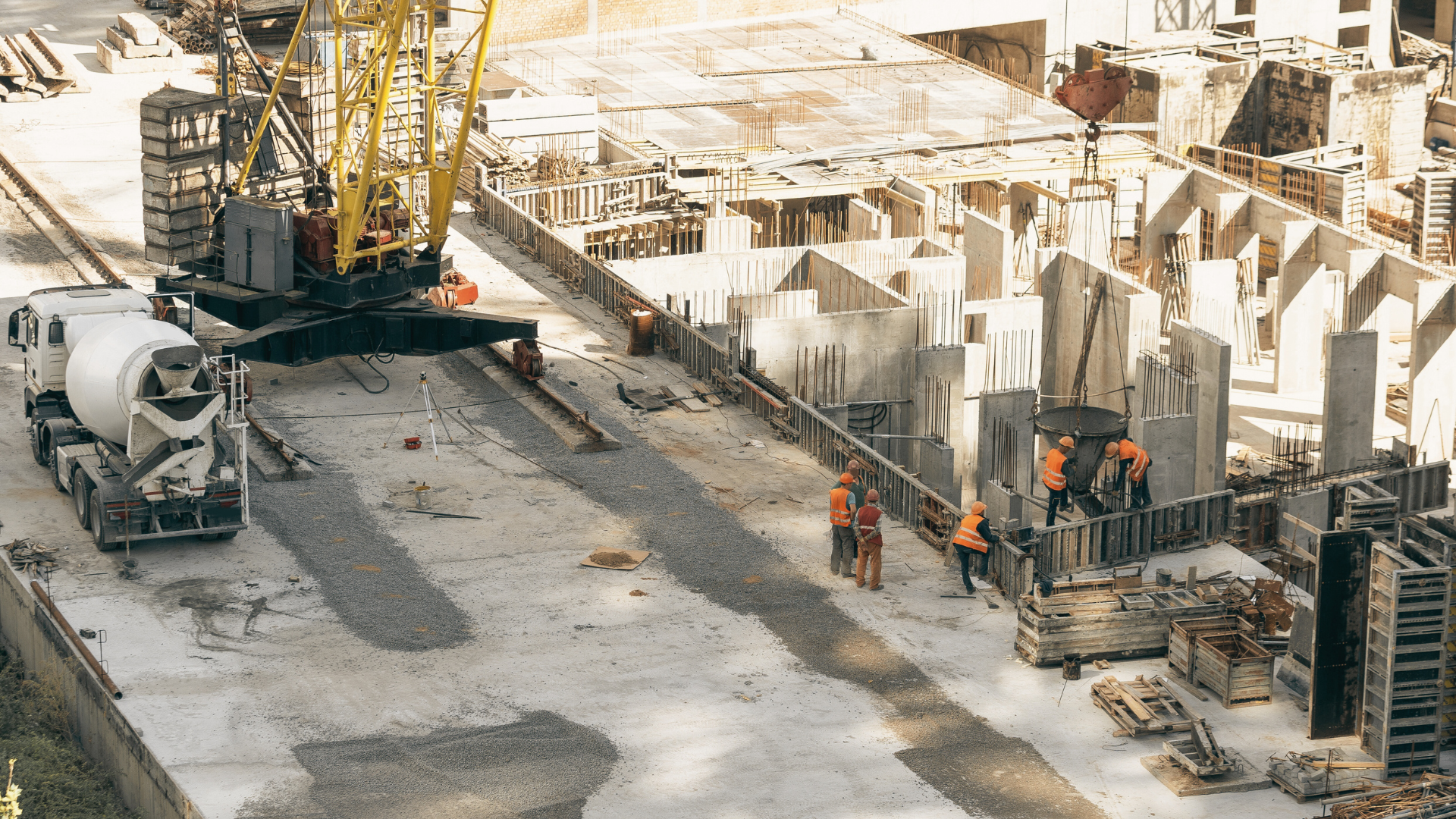
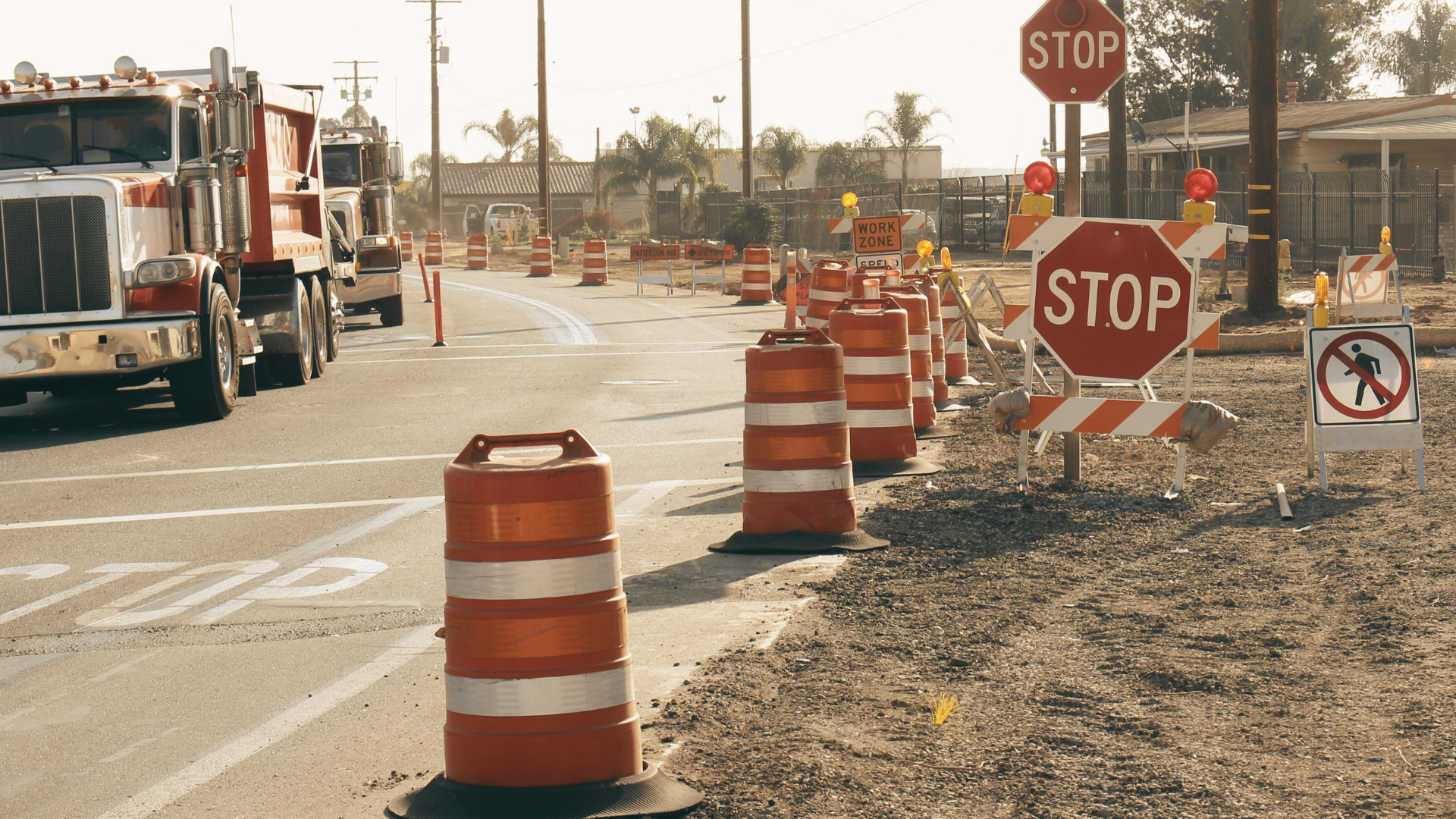



.jpg)
